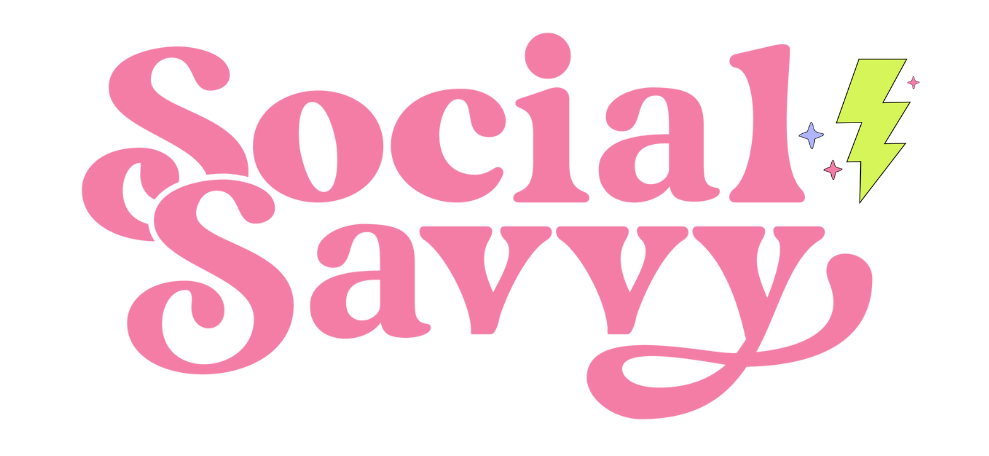The Guide to Responding on Social Media
Obviously, we never want to ignore our customers and fans on social media. Nonetheless, there is rarely a focus on what is expected of us of a general response time for our platforms. We of course have to spread our time between our many responsibilities and use our time very wisely, so what should a response time look like and how do we stick to that?
Within one hour of reaching out on social media, 40% of consumers expect brands to respond. Seems doable? It certainly depends on the number of people reaching out, what their inquiry is if you need to look for an answer, and even what your schedule looks like! One hour can shortly turn into feeling like you only have a few minutes.
Create a Customer-Response Plan
A Customer-Response Plan is an outline that describes your standards, expectations, and examples when it comes to responding to your customers and potential customers on social media. Whether you have a customer service team to send inquiries to if you don't have a ton of customer inquiries now, or even if you don't have any customer service issues - creating a plan is always a good option to have! It can be helpful for keeping track of common questions and concerns for product improvement, easy to onboard new team members to get them used to how to respond in different situations, and it can really impact your CRM!
What should we include in a customer response plan?
Reasonable Response Time
Despite the 40% mentioned above that likes an hour or less for a response time, that time frame might not be obtainable for you and your company. Maybe you are just starting out and it's only you running the show, or maybe you have a larger company and customer base with many requests and questions. No matter the situation, choose a response expectation time for both yourself and your customers. The best way that works for us is to schedule time to check DMs, comments, and other customer channels to make sure they are answered. Depending on your average, it might be 5 minutes to check twice per day, or 30-minutes four times daily, whatever works for the amount! This really shouldn't be over a 24-hour time limit. If you aren't meeting that goal, it might be time to bring in some additional help in this category!
Direction
In some cases, if there is an issue or you need some additional information about the question, it's best to direct the inquiry toward an email, phone call, or DM. The last thing you want is for your customer to have to display all their concerns, story, and personal info in the comments of your post. You want to make sure your customer feels safe about providing their information, the process is professional and organized, and you can talk to them one-on-one. If you have an internal or external customer service team, you might have to even direct the customer over to a different place to get the best answer.
Create Templates
Your response should be customized and genuine. However, creating templates will be helpful with this process as well. Templates make your answer more consistent and can save you a lot of time having all of them already laid out and generated. So, how do you create a template that's not stale? Here's an example:
Question: How long does shipping take? I want to make sure it will arrive in time for my sister's birthday!
Template: Shipping takes 2-3 business days for U.S. orders.
Response: Hi, Annie! Shipping typically takes 2-3 business days for all U.S. orders. I see that your order has shipped, so it should be there by Wednesday. I hope your sister has a great birthday!
New Question
We might not always know the answer to every question, unfortunately! As much as we wish we could know everything about our service/product or company, it's difficult to anticipate all the questions and concerns you might get. You might run into a time where you need to call on your suppliers, another department, or research to find an answer for your customer. You should include a process for handling new questions in your plan. It might include a response to the customer (I reached out to our supplier to confirm the answer to your question and I will get back to you shortly), a response time for your supplier or another team member (Please let me know by the end of the day, so I can get back to the customer!), or even a list of who to specifically talk to depending on the topic (Call Jake from ABC Supplier at 855-000-000 for questions regarding the product packaging).
Tracking
Tracking common questions and concerns will be extremely helpful for you to grow from your customers. Whether you have a system that does this for you, or you resort to a good-ole excel doc, you will see major benefits of this in the long run! If you start seeing trends in what your customers are asking for and about, there is room for improvement! These can create opportunities for a FAQ spot on your website or socials, re-evaluating product features, and adding to your templates.
These plans will vastly vary depending on your product, customers, and company! However, we cannot express the importance enough of having this plan created and in place because you never know when something will go wrong, when you're busy, or even when your brand continues to grow!
Need more tips about social media management? Check out our exclusive Social Savvy Membership, where you can gain instant access to content calendars, monthly templates, masterclasses, daily prompts, exclusive Facebook groups, and trendy templates.
